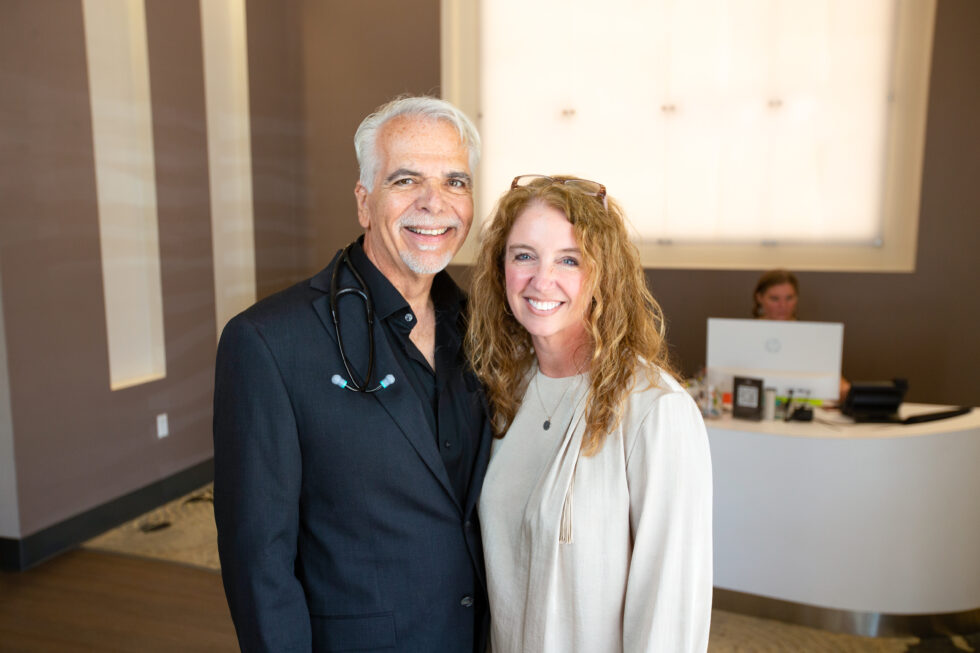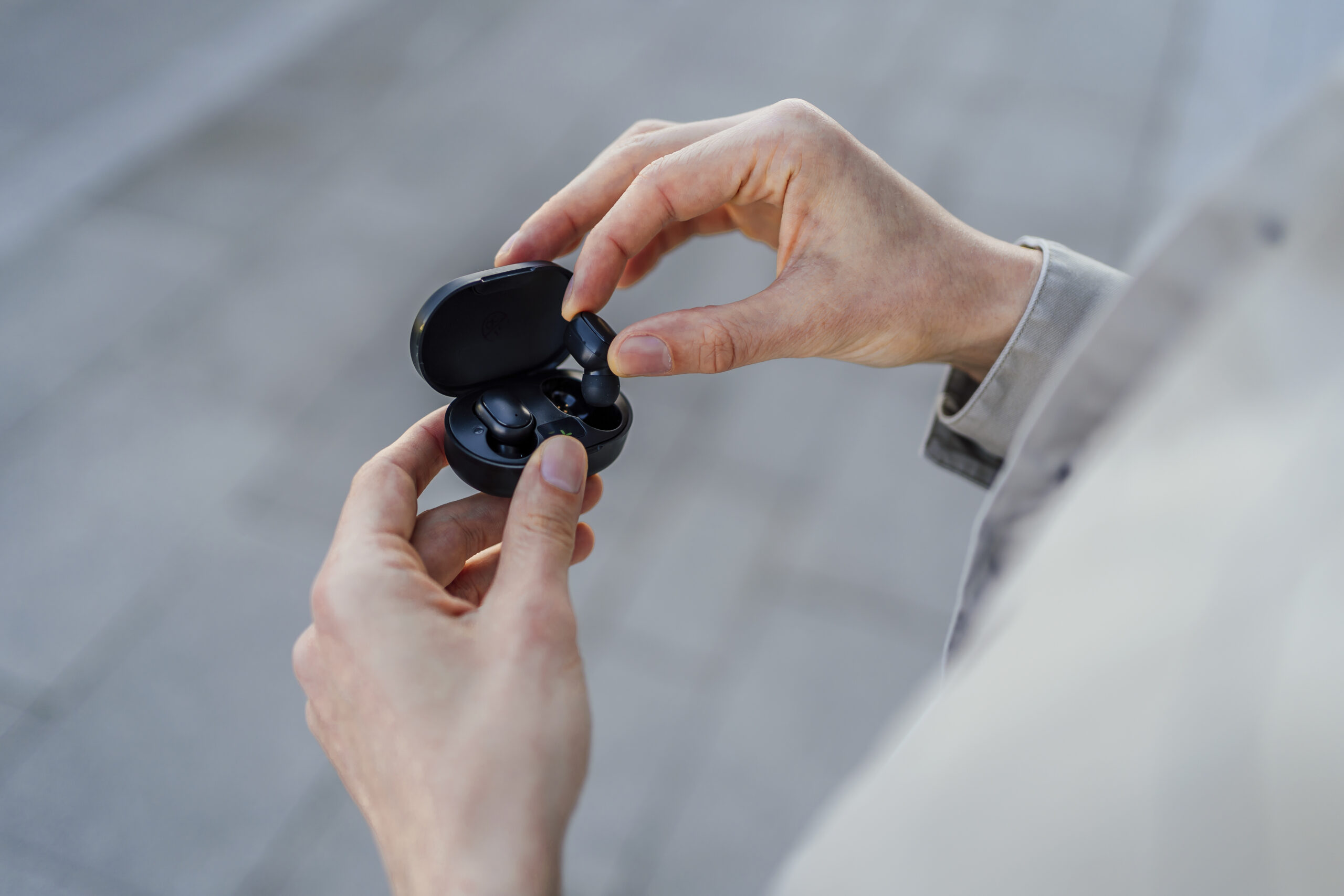Turns out, that drumset you regret buying your teen in a self-professed “moment of weakness” could be worth the money after all. While centuries of humans have used music to heal their loved ones, it has only been in the most recent years of human history that we’ve formed the evidence to prove it works. And now, after hundreds of research studies, we’re beginning to realize the full potential of music as medicine in a practical sense.
So, crank up the lo-fi and grab your highlighter – the show is about to begin.
Music as Medicine: How does it work?
Music therapy has been shown to make significant impacts on all kinds of conditions, from generalized anxiety to Parkinson’s Disease, and it works best when used as a supplement alongside traditional medical treatment. This approach boosts several aspects of your health by varying degrees, which in turn promotes healing across the board. Here’s how.
Rhythm Regulation
The rhythm of music mimics the natural rhythms of our breath, heartbeat, and other bodily tempos. As an external source of rhythm, the beat of a drum or the consistent meter of a bass guitar can regulate our systems, reducing blood pressure, lowering heart rate, decreasing cortisol levels, and slowing down the breath.
Bilateral Stimulation
Your brain has two hemispheres – the left brain and the right brain – that normally function separately, but music is one of those rare tools that has the ability to make the two sides “talk” to each other. Because healing often requires your brain to reconnect “wires” that might have been severed by trauma, injury, or illness, bilateral stimulation is an effective way to encourage your neural pathways to work together more efficiently and bridge those gaps.
Neurotransmitter Release
Dopamine, endorphins, and oxytocin: the trifecta of feel-good energy. Music can induce the release of these hormones, which can have a big impact on your healing. While dopamine and oxytocin primarily provide feelings of enjoyment, trust, and motivation, endorphins are your body’s natural pain relievers. It’s a win-win.
The Healing Power of Music
Party, caramba, fiesta, forever. When put into effect, music therapy can improve several aspects of healing, including motor skills, emotional function, and cognitive rehabilitation.
Motor Skills & Parkinson’s Patients
Music makes you move; it makes you dance. Music is so closely associated with physical movement, in fact, that dancing to the beat is an innate human response – and all that motion packs a positive health punch, especially for Parkinson’s patients.
Parkinson’s Disease is considered a “movement disorder” that causes parts of the brain to stop signaling motion, resulting in tremors, rigidity, difficulty balancing, or slowness of movement. Music therapy can help rehabilitate Parkinson’s patients by improving their coordination and inner tempo, making it easier for them to move with less strain or muscle failure.
Substituting the Internal Clock
If you’ve ever walked to the beat of the tune in your AirPods, you know how exhilarating and effective the rhythm of your favorite song can be for regulating your gait. The same holds true for Parkinson’s patients.
As the disease progresses, patients with Parkinson’s Disease may struggle to maintain a stable walking gait. The result is something of a stutter step, which increases fall risk and could lower their quality of life. Listening to music can provide a steady tempo that acts as a substitute for a faulty internal rhythm, helping patients “keep time” while walking so they stay on their feet.
Reconnecting the Two Sides of the Brain
When one part of the brain goes offline, one way to hotwire it is to connect it to the other side of the brain – and music is especially effective at including all parts of the brain, whether listening or participating. Parkinson’s patients suffer from the gradual loss of brain function, so music’s inherent bilateral stimulation effects can improve their ability to connect with all parts of the brain and boost function and fine motor skills overall.
Mood & PTSD
Like visual art, a good novel, or your favorite TV show, music is a natural mood-booster. For patients with Post-traumatic Stress Disorder (PTSD), relief through music could take on an even deeper form of healing.
While symptoms can be both mental and physical, music therapy for PTSD has shown the most positive effects on the emotional manifestations, like intense fear or hypervigilance.
Emotional Processing
Recall your teenage years listening to the radio or watching MTV and you’ll probably agree: music is strongly related to emotional processing. You can probably also recall a time when the power of music has helped you heal from a difficult experience. Because listening to music can activate multiple parts of your brain at once and release feel-good hormones like dopamine, oxytocin, and endorphins, music therapy can reopen positive neural pathways across the brain that might have shut down as a result of a traumatic event.
Fun fact: studies show that music therapy works best when the tune reflects the patient’s mood at the beginning of the session (sad mood paired with low-energy music) and gradually shifts to a better mood (happier mood with upbeat music).
Cognitive Functioning & Alzheimer’s
The bond between music and memory is strong. Just ask that research group that argued listening to Mozart improved student IQ. While the “Mozart Effect” isn’t quite the revered study it used to be, music therapy actually has been shown to improve the memory of patients with Alzheimer’s Disease or dementia.
As the degenerative nature of the disease breaks down parts of the brain that are responsible for memory retrieval, patients can suffer from memory loss, difficulty communicating, and emotional distress. Fortunately, music can help with these problems.
Memory Retrieval
We’ve learned so far that music’s repetitive nature makes it easier for us to fall back into old patterns – like when Parkinson’s patients relearn how to walk or PTSD patients relearn how to feel joy. Music’s predictable patterns reactivate old neural pathways for dementia patients, too, making it easier for them to recall memories and vocabulary.
Findings suggest that this works because the parts of the brain responsible for musical processing are largely spared by the disease – and because of our old friend bilateral stimulation, accessing the active parts of the brain can build bridges to those inactive parts of the brain, helping patients revive lost musical memories, words, and lyrics they had previously forgotten.
It’s An Art, Not An Exact Science
The more we research music therapy, the closer we come to adapting it for regular clinical treatment plans. However, the variability of songs, lyrics, and tunes themselves make this a tough technique to replicate. In other words, music therapy is highly personalized; one listener’s AC/DC is another listener’s Chopin. So, the approach to music therapy must change for each individual to yield the best results – and we’ll need a lot more studies before we can put this method into full-swing circulation.

Forward-Thinking Treatment for Intentionally Different Medical Care
Listen: we’re not saying Soulja Boy can cure cancer, but overall, music is a valuable tool to supplement our current medical philosophies. Besides, if it’s been proven to help any patient’s quality of life by any means, we believe it’s worth the effort to try. Don’t you?
Like the sound of this concept? Follow our podcast to learn more about musical medical marvels in our Synesthesia episode.
 Schedule Now
Schedule Now

